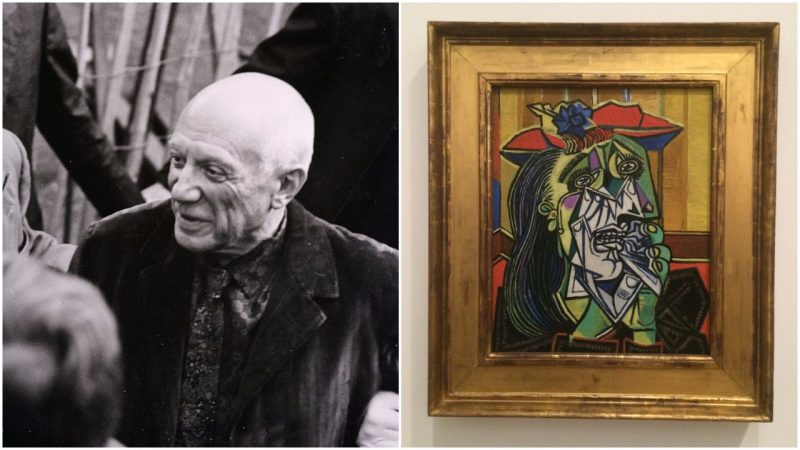Pablo Picasso was a seminal Spanish painter who is praised as one of the pioneers of Cubism.
During his extremely prolific career, which spanned more than 70 years, he experimented with various styles and techniques and became an inspiration for numerous artists.
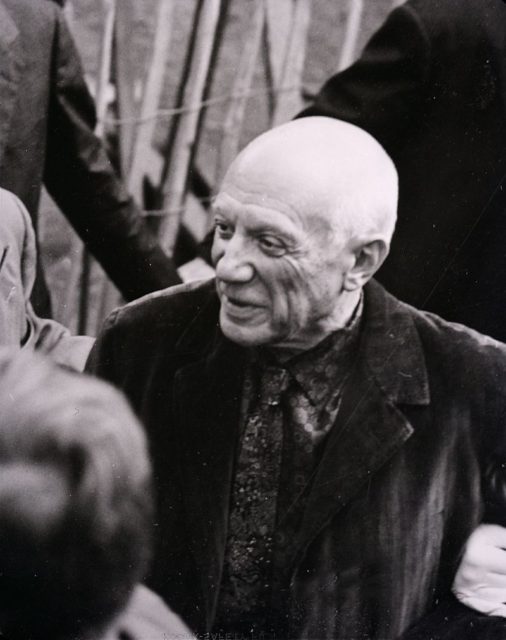
Picasso led a turbulent life and was involved in many love affairs. He was married twice, but frequently enjoyed the company of many mistresses. However, none of them inspired him as much as Dora Maar, his favorite muse.
Dora Maar was the artistic pseudonym of Henriette Theodora Markovitch, a French photographer, and painter. The two met in 1936 in the Parisian café “Café des Deux Magots” and soon started a tumultuous relationship which lasted until 1944. Picasso greatly influenced Dora Maar; soon after meeting him she abandoned photography to pursue a career in painting.
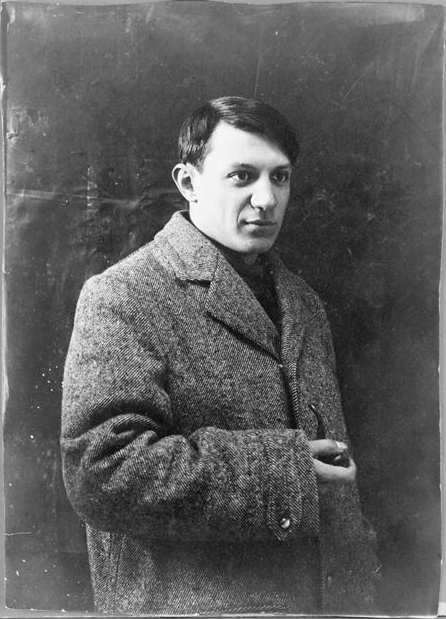
Picasso deeply admired Dora and used her as a model for several of his works. The painting named Dora Maar au Chat (Dora Maar with Cat), painted in 1941, sold for a stunning 95.2 million dollars at the Sotheby’s auction house in 2006.
In 1937, Picasso created a series of paintings entitled “The Weeping Woman.” The final and the most elaborate painting from the series has been a part of the collection of the Tate Modern museum in London since 1987, and countless visitors admire its beauty every year.
The painting is famous for its complex and distorted composition and its somber atmosphere of anxiety and depression. In the late 1930’s Picasso was fascinated with the subjects of sorrow and grief, and he used his muse Dora Maar as an inspiration for The Weeping Woman.
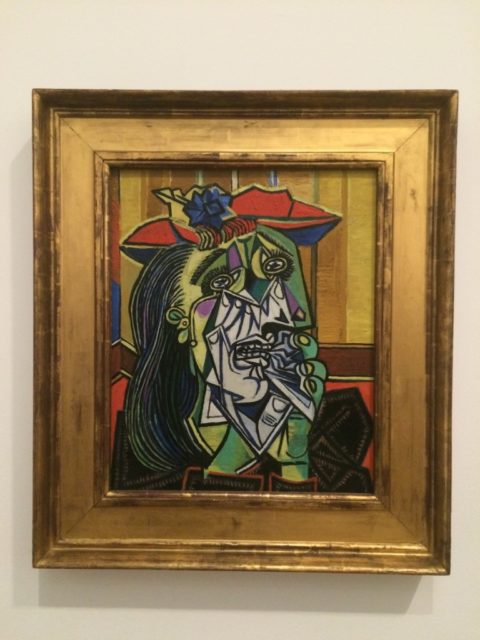
He stated that he intended to show the reality of Dora Maar’s persona through the painting: he didn’t wish to paint a distorted portrait of her that would convey a metaphorical meaning, but an accurate and realistic depiction of her deeply depressive character. In fact, many of his portraits of Dora depict her as a woman who is suffering.
“For me she’s the weeping woman. For years I’ve painted her in tortured forms, not through sadism, and not with pleasure, either; just obeying a vision that forced itself on me. It was the deep reality, not the superficial one.” Picasso explained.
After their relationship ended in 1944, Dora and Picasso went in their separate directions. Picasso continued to engage in various liaisons, while Dora isolated herself from the general public and led a quiet life until her death in 1997. She continued to paint and developed a unique and elaborate style only after she overcame the breakup with Picasso, which haunted her for several decades.
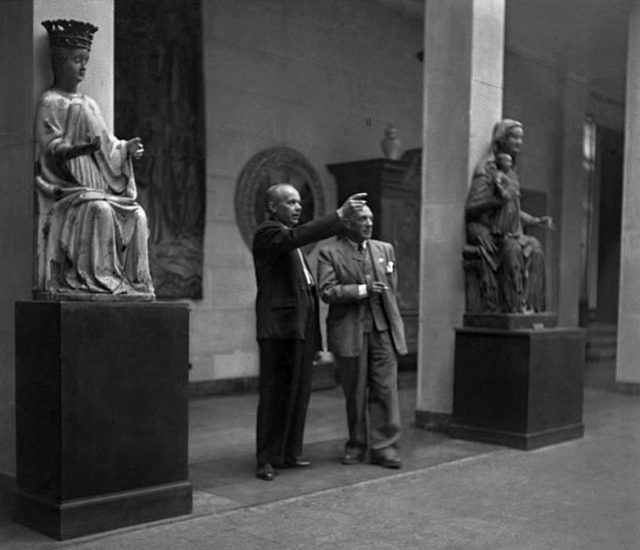
Also, Dora Maar was the first woman to reveal a dark side of Picasso’s persona. Although Picasso was always known as an unreasonable and impulsive person, not many people knew that he frequently couldn’t suppress his violent urges towards women.
Dora Maar revealed that he physically abused her throughout their relationship and that his abusive behavior only worsened her depression and anxiety.
